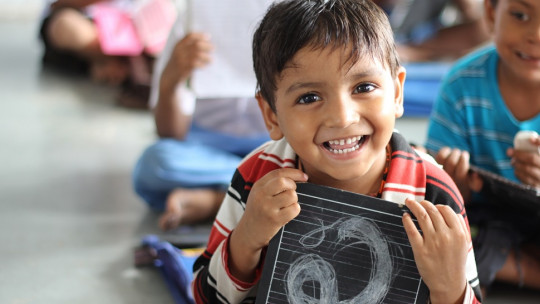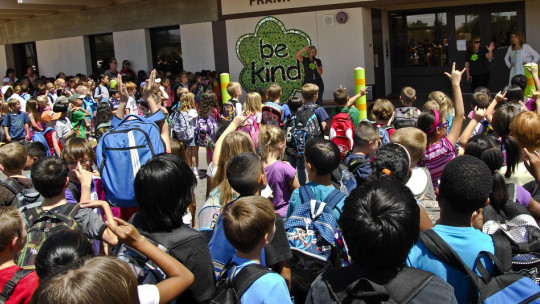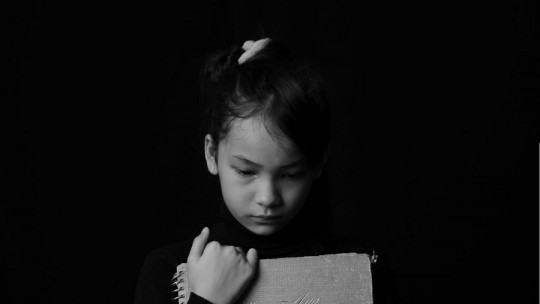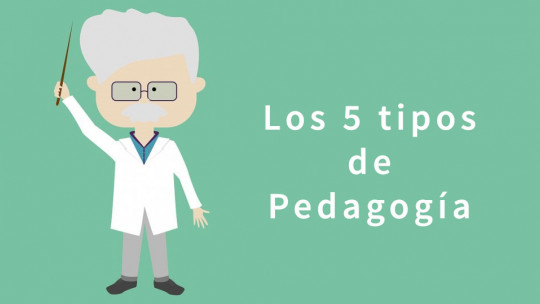
In educational sciences, it is increasingly considered that participation and learning within schools It not only depends on the boys and girls adapting to school activities ; But the school itself has the responsibility of adapting to the conditions of the boys and girls.
From this approach, different pedagogical proposals have emerged to address the diversity of ways of learning and participating. One of them is curricular adaptations
What are curricular adaptations?
Curricular adaptations, also known as curricular adaptations, are one of the strategies that pedagogy has developed to reduce barriers to learning and the participation of boys and girls.
The word “curricular” comes from “curriculum” (which means “career” in Latin), and refers to the educational plans or projects that shape pedagogical activities. In this sense, a curriculum allows us to answer the questions of what is taught? and how is it taught? This may vary depending on the school or educational systems.
Thus, a curricular adaptation consists broadly of planning and making the modifications that are pertinent to a curriculum (for example, in the first-year primary education program). to promote the learning and participation of one or more boys or girls
In what cases are they necessary?
Curricular adjustments may be necessary in the event that a boy or girl has difficulties in acquiring skills or knowledge at the speed demanded in a school through the official curriculum (in this case we could say that there is a barrier to learning).
But not only that, it may also happen that a school needs to adapt the conditions of its space (the architecture), so that boys and girls can access educational programs. For example, in the case of someone who has reduced mobility.
Or it may also happen that boys or girls are going through conflictive situations on an emotional level and this has an impact on their academic performance, which could be counteracted if the curriculum has some flexibility.
These last cases are about barriers to participation, and although They do not imply directly modifying the educational program are important because the participation of boys and girls is one of the necessary conditions to facilitate their access to the curriculum.
Types of curricular adaptations
There are several types of curricular adaptations, each one depends on the child’s own condition and also on the conditions of the school or educational system.
1. Access adaptations (or classroom programming)
Access adaptations are those that, as their name indicates, allow children join educational spaces They can be of two types, access adaptations in relation to physical condition, or access adaptations in relation to communication.
1.1. Access adaptations in relation to physical condition
They consist of reviewing the means and resources that prevent or allow the boy or girl to access the curriculum. for mobility or communication reasons That is, it is about adapting the physical spaces of the schools, providing the necessary technological support and ensuring that there is adequate furniture, so that all boys and girls can be guaranteed integration into the classrooms, gardens, etc.
1.2. Access adaptations in relation to communication
They imply taking into account that throughout their development, boys and girls may have different difficulties communicating with others, both orally and in writing
Likewise, in the case of children with sensory, intellectual or motor disabilities, difficulties may arise in communicating. An example of access adaptation in this case is promoting augmentative and alternative communication systems and the use of resources such as symbols, the sign system, the use of hearing aids, the Braille system, or electronic or pictorial boards, which among others things can facilitate the expression and understanding of boys and girls.
In short, access adaptations can be facilitated if we ask ourselves what movement, communication and interactions are promoted within the educational environment.
2. Adaptations of curriculum elements
These adaptations consist of making modifications directly to the educational curriculum. It is a process that must be done gradually and with the participation of both the boys and girls involved and the teaching staff.
Its development can be subdivided into four general stages: diagnosis, design, implementation and assessment However, these stages, their course and their closure depend greatly on both the person who proposes them as well as the people who will put them into practice.
2.1. Diagnosis: why do we need curricular adaptation?
It is about knowing the institutional conditions, that is, the support that the school has within its community, as well as identifying the knowledge of the teaching staff about the education plans that are applied according to the school year.
It also implies carrying out a psycho-pedagogical evaluation, not only of the child but of the teachers’ real possibilities of making an adjustment and monitoring it. In the same sense, identify the child’s condition, that is, the reasons why their access to learning is being difficult. Finally, know the next development zone their needs and interests, so that prudent and realistic objectives can be set.
2.2. Design: how to compensate for the situation?
After having analyzed the regulatory documents, the current educational plans, the school conditions and the needs of the boys and girls, It is necessary to prioritize the situation that needs to be compensated through curricular adaptation, and from there generate a proposal. For example, in some cases it is a priority for the boy or girl to acquire academic knowledge, and in others it is more necessary to stimulate social skills.
It is then about developing the proposal together with the teaching team, so that a monthly, bimonthly or annual curriculum is planned according to the needs of the educational context, and adapting this proposal to the needs and the zone of proximal development of the child.
23. Implementation: putting into practice
It consists of starting to use the teaching units programmed for the given time, and above all implementing them gradually. Likewise, provide the materials, detailed strategies and consider the form of evaluation or assessment that will be carried out
2.4. Constant evaluation
Finally, it is necessary to assess the access that the boy or girl has to the curriculum, both at the level of mobility and in terms of communication, and the ease he or she now has to acquire the knowledge that we have proposed. In addition, detect new difficulties, both from the boy or girl himself, as well as from the teachers and the educational community so that it is possible to propose prudent alternatives.








